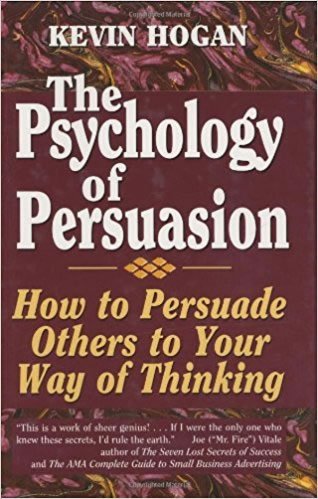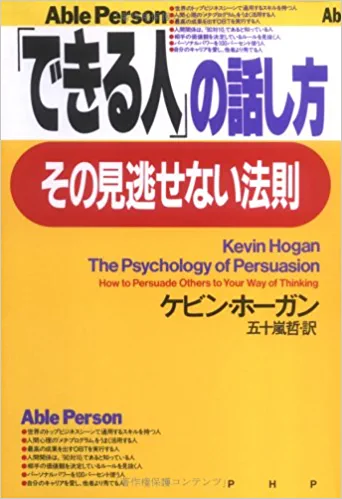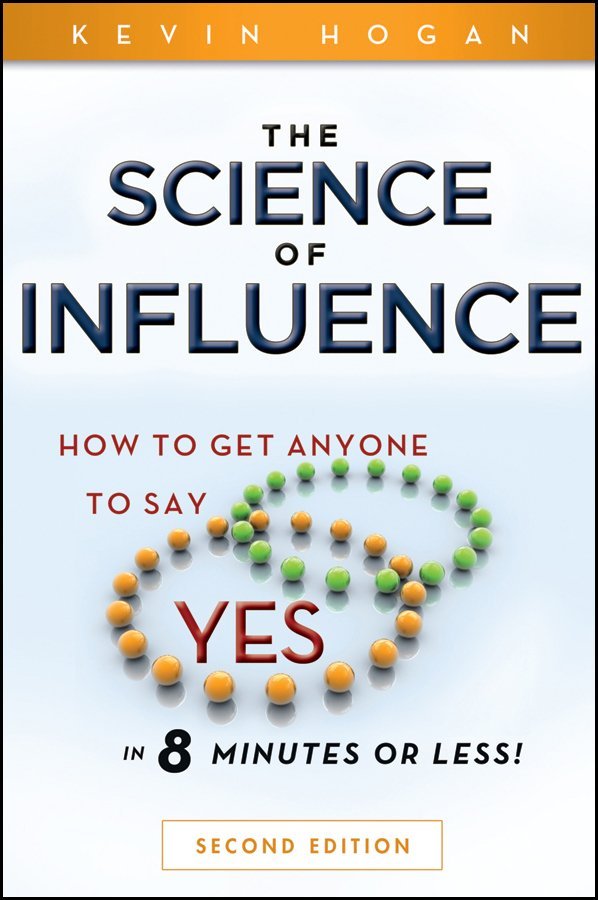Countries, Cultures and Their Perceptions
The easiest way to understand how we perceive and misperceive body language is to consider how people perceive other people from other nations in general.
The United States, for example, has multiple “reputations” around the globe.
Europeans tell me that the U.S. is violent, arrogant and offers lots of “fake” smiles.
It’s certainly true that by contrast Americans are polite and it’s true that violence in the U.S. is greater than a lot of countries. The reality is that the U.S. is much less violent than it was 20 years ago.
And many parts of the U.S. are less violent than almost anywhere in Europe!
Meanwhile, here are a few states in the nation that are more violent than say Mexico.
The point is that “Americans” is a big word that doesn’t mean a great deal. “Average” for a nation of 300,000,000 people…doesn’t tell us much about people on an individual level and you’d never know that Minnesota (where I live) is safer on the streets than most places in Europe.
Perception is filed with observer bias.
In the body language analysis department that means we must unplug our preconceived notions and consider contexts and specific situations where behaviors are occurring if we are to read body language correctly.
I get a bit of fun poked at me by my European and English friends who indicate I tend to be very casual and laid back in my body language and speech.
Imagine that.
For me, as a speaker, entertainer or presenter for a group, it is somewhat expected. But for doing business or interacting on other levels, realize the louder the American, the bigger the jerk he is perceived to be by his European counterpart.
On average, Europeans outside of England (and the English will generally differentiate themselves from Europe as well) are a very healthy-looking people. They are thin. They walk a great deal. They are not pampered, rude or spoiled. Northern Europeans, in particular, are aware of rude American behaviors. Americans simply don’t fit on their elevators and tend to speak when it’s least desirable.
The individual in Europe analyzing the American’s body language must shift their thinking, however. The rude American is probably not as rude as they are being perceived to be. In fact, they might be behaving in a friendly, appreciative fashion…
And this is the problem people experience in reading body language. They misperceive because they have beliefs and preconceived notions about others.
Confrontation
Before leaving the Individualistic/Collectivist mindset and moving on to Power, consider how negotiation is impacted by these two broad ways of living.
When you have a confrontation in a collectivist society, it might be best solved by a third party negotiator. Face saving (power retention) is very, very important in Asia. A third party can go a long way toward making everything work out when the one-on-one American style…works best in the United States.
Power in the U.S.
In the United States, it’s almost traditional that the higher up the corporate ladder you go, the further away from the foot traffic of the hive is their office.
In the U.S., power is generally represented by BIG.
You walk into a spacious office where there is a significant distance from the door to oversized desk and when you arrive at the desk, you’ll see that most of the space on the desk is territorially marked. If you can draw a line through all of the items on the perimeter of the desk you’d see there is very little space on the “visitor” side of the desk, even though the executive can’t reach without straining to those items, creating the force field around the desk.
Power in the East
In Asia, when the person in power of a group issues a direction, an order, a suggestion….it gets done by the listener. It doesn’t get questioned. (Sort of like growing up in my house when I was a kid…)
The United States falls in the middle of the Power Distance Ratio.
Power IS…
People think of power as money, authority or influence. All three are accurate. Sometimes they all go together, sometimes they don’t. A teacher in Japan has a great deal of power, but not so much money.
The United States is a pretty sassy country. You can wield your opinion in front of the power elite within a group. That won’t fly in Asia.
Meanwhile, countries like New Zealand, Australia, the Scandinavian nations, Denmark and even the UK, all have a much “closer” Power/Distance Ratio. In these locales, challenging power/authority (outside of The Crown) is not frowned upon or something that will get you the “no” response.
Power and Body Presentation
A Japanese expression of power has only in the past decade moved to the United States.
In Japan, men often do their business at establishments designed to cater only to men. Asian women have a strong propensity to not look favorably on body hair.
While men do their business, they often have body hair removed.
After two million years of the hairy chest = masculinity… the current trend in America among those males who advertise (people consciously or nonconsciously placing themselves on the block as available for a relationship – regardless of whether they are in a relationship or not)…has begun to flip. That smooth look, when combined with a body that has worked out, has gained favor among those who are letting it be known they are available.
Will the trend last?
Impossible to tell. One thing is certain. In a lousy economy and a time when a lot of men have no prospects of value to a culturally changing woman who expects more on many levels…it’s worth dropping the weight and the rest. Long-term, it’s not as significant, but short-term, in 2017 it “works.”
Power and The Face
The average American has dozens of facial expressions. Eight of those expressions consistently reveal a specific emotion. The differences and frequencies between men and women’s expressions are broad.
Those faces revealing predictable emotions occur most often because they tend to be responded/reacted to with a fairly high degree of consistency by people in their presence. Blended emotions bring different facial expressions and different body language signals.
That’s average.
There are also people who have trained their facial expressions and body language for specific purposes.
Example:
My grandfather was a Colonel when he retired from the military. He was also a Ph.D. and those who didn’t refer to him as Colonel Hogan did refer to him as Dr. Hogan. He had authority with almost everyone.
That kind of “power” is not the power of money. It is the power of status.
His face had a handful of expressions that you and I share, but the difference between his and most others was undeniable… instant…dead on certain.
Many people would guess incorrectly how he felt about something but they never failed to do what he “suggested.” I don’t recall anyone outside of my Grandmother ever saying “no” to him. It was simply…not…possible…
The only person to disagree with him would have been me. Fortunately, I held great favor in his eyes or my life expectancy could have been shortened…
His face had only a few expressions. People with certain power and authority tend to display:
- Frustration
- Restrained Anger
- Smile of Superiority
- Smile
- Calm
- Determined
- The Death Look (Contempt, Disgust, and Anger all rolled into one)
There was no randomness about his expression. He was the opposite of a chameleon.
It was all shaped by intention and then it became part of who he was.
What didn’t need to be read was attention, respect, and compliance. When he spoke in even the most easy-going of tones you didn’t question or consider the possibility of error. Everyone instantly complied. It was the greatest lesson of seeing how certainty loops and reinforces long after the uniform is removed, even after the Doctor has retired.
Reading a Colonel that always hears “yes, sir” is not like reading your next door neighbor.
It creates a certainty of presence…of certainty… that causes compliance in other people even though he was a difficult read.
Colonels and Doctors simply aren’t wrong.
He was not tall. Perhaps 5′ 9.” His presence was 6′ 8.” He rarely yelled at anyone. He simply…looked up at someone and they moved.
Expressive and intense faces can be valuable or a curse.
Misunderstanding Facial Expressions
The uncertainty of what someone is thinking because they are not as expressive as the norm brings the downside of misunderstanding and not knowing where another person “stands” with them. The upside is that less expressive people often have greater clout and are seen as more certain. They also tend to stand out for better or worse in any group.
Meanwhile, the expressive individual or the person choosing to have expressiveness such as actor James Franco has a more rich offering for people. They tend to be perceived as charming.
Facial expressiveness is molded in part genetically, part culturally, and finally behaviorally by choice and reaction within environments over time and in the moment.
Body Language of Men vs. Women
On average, women are far more expressive with their facial expression as well as their body language. Men, on average are much more difficult to read. Over 80% of kevinhogan.com customers who wish a body language analysis done on a photograph they possess are women asking for an analysis of men. Men are simply easy to misunderstand.
Disappointing because men are pretty easy to understand. Ask any man what another man is thinking in reference to a woman and he’ll do quite well on average. Men are driven by testosterone. Predictability is very high. Facial expressions, however, are tougher to read.
Why?
Women were and are the caretakers of children. Facial expressions teach love, discipline and reinforce infant behavior. Facial expressions communicate to the newborn and carry over into everyday communication. Women without children are more difficult to read, but most people are relatively accurate in gauging women’s emotions and mood. Most people are relatively poor estimators of men’s emotions and moods.
Women smile a lot more than men.
Women are liked a lot more than men.
A Woman’s Biggest Body Language Mistake
Women also tend to err on the side of smiling when others deem it inappropriate.
All things being equal, a woman who smiles is seen as likable and perceived as easy to communicate with. That goes a long way in the world.
That said, the one thing men misperceive most in women in the business world, is their smile.
The cycle works like this:
- Man is in the room at the office.
- The woman smiles at the man. (In her mind she is being pleasant and not flirting.)
If the woman is desirable to man, he perceives this as a significant liking cue.
- Behavior is repeated and the cycle continues.
- Man “comes on stronger” to the woman.
- The woman, if she finds him not attractive, takes offense.
- Man doesn’t see past the initial 20 smiles to the present reactions and continues approaching the woman.
- The woman has man fired or files lawsuit, etc.
The other side of evolution at the office works like this.
- Man sees a woman in the room.
- The woman is uninterested in man as was the case above, but this time doesn’t smile.
- Behavior is repeated and cycle continues.
- Man sees the woman as cold and “bitchy,” regardless of any verbal behavior to the contrary.
So, at the office do men see women as mating partners or bitches?
Well, there is a third side to the coin…it just doesn’t land there very often.
What to do?
How to handle?
This is big and you can’t legislate testosterone. (Geez, you actually could with medication, and scarily, there is someone in the Administration….ugh…)
Men Will Be Men
Heterosexual men ceasing to be men when evaluating (as in an object) women is like asking people to switch religion….just because that’s the way it is. Men ceasing to evaluate and not act on the evaluation (positive or negative) only goes on for so long before the fuse runs out.
Ultimately, no matter the amount of self-monitoring, men will behave as men if they are attracted to a specific woman….for better or worse…
There is, however, a benefit to the remainder of the people in the presence of the woman – his behavior will improve in general toward others in the environment!
On the personal level, if the woman finds the man unattractive (or, on the rare occasion where she finds him attractive but doesn’t want his “attention”) she can manage “the situation” by not smiling and not reciprocating ANY touch behaviors beyond a quick “hello” handshake.
Body Language and The Personal Lens
Men view the world through the lens of a man.
- He doesn’t smile much.
- He hides his feelings most of the time.
- He touches people to a very minimal degree and rarely those who he doesn’t like.
- He uses far fewer words in the day than a woman does.
Therefore, when a woman smiles at a man, talks to a man, touches a man or expresses ANY feelings, positive or negative, verbally or nonverbally, the man observes the woman as “liking him” A LOT, and “finding him attractive.”
A Woman’s Counterpoint
What’s a woman to do?
Women (those to whom men are typically attracted to) can simply choose to not smile at men.
And in all seriousness, you have to avoid touch, avoid standing near, avoid communication referencing feelings – though not opinions – about pretty much anything. All of these things are key liking (as in mating) signals men are perceiving.
Testosterone Drives Behavior – Verbal and Non-Verbal
Testosterone drives behavior and it drives nonverbal behavior. It inhibits smiling in men. The most common facial expression when testosterone is high is that of anger.
Often that image of anger is “preparatory.” It’s not a choice any more than a woman’s period is her “choice.” It is biology. That means when the engine is running, a facial expression of anger is predictable and any smile is significantly more likely to be “plastic.”
Men, far more often than not, don’t smile when the engine is running; and when their testosterone count is higher, they become “harder to read” outside of the sexual desire arena. Turning the engine “off” is very difficult.
If the woman doesn’t want the man’s engine on, it’s best she discourages it starting in the first place. In fact, that is the only reliable strategy.
In A Relationship?

Meanwhile, in sexual relationships that are ongoing, it turns out that the facial image of anger in the man is as normal as the smile of the woman. This doesn’t mean he is not angry or prepared to be angry, he is likely one or the other, but the face is EASY to misinterpret as to specifics.
You can know that most anger results because of sexual intention of some kind, now or predicted to happen somewhere along the line.
Both men and women read men’s anger in random situations, as more intense than women’s anger. (Part of this could be because not everyone has been married…)
And finally….something for you to work on that is very important…
Body Language and Fear
Both women and men see angry faces in women…as often indicating fear in addition to anger.
People see women angry and they not only see anger…they see fear.
Predators prey on stuff like this…it’s worth sitting back and evaluating how predators are evaluating YOU or your wife, or your daughter or Mother.
Anger often = Fear as perceived in women by both women and men.






















